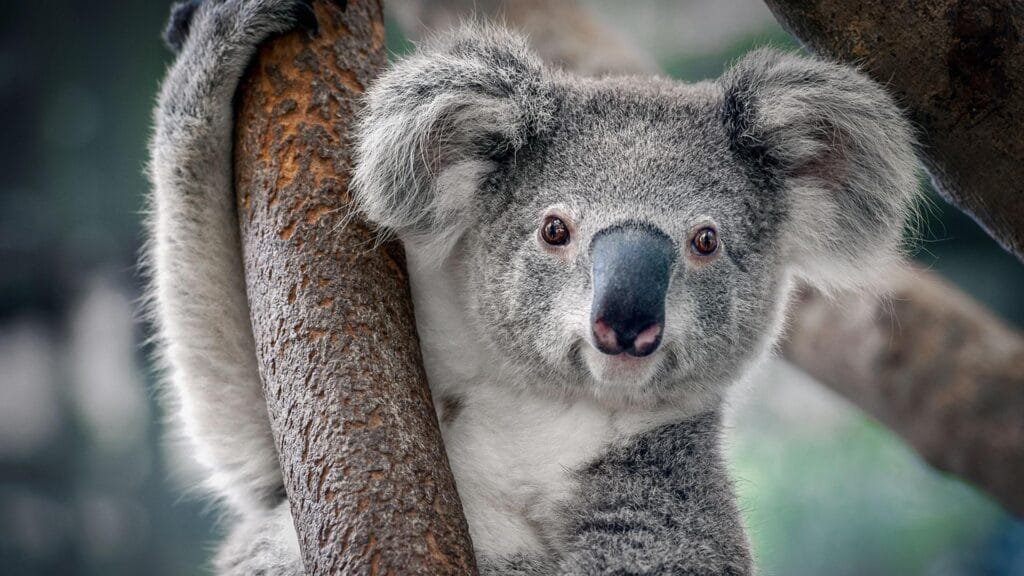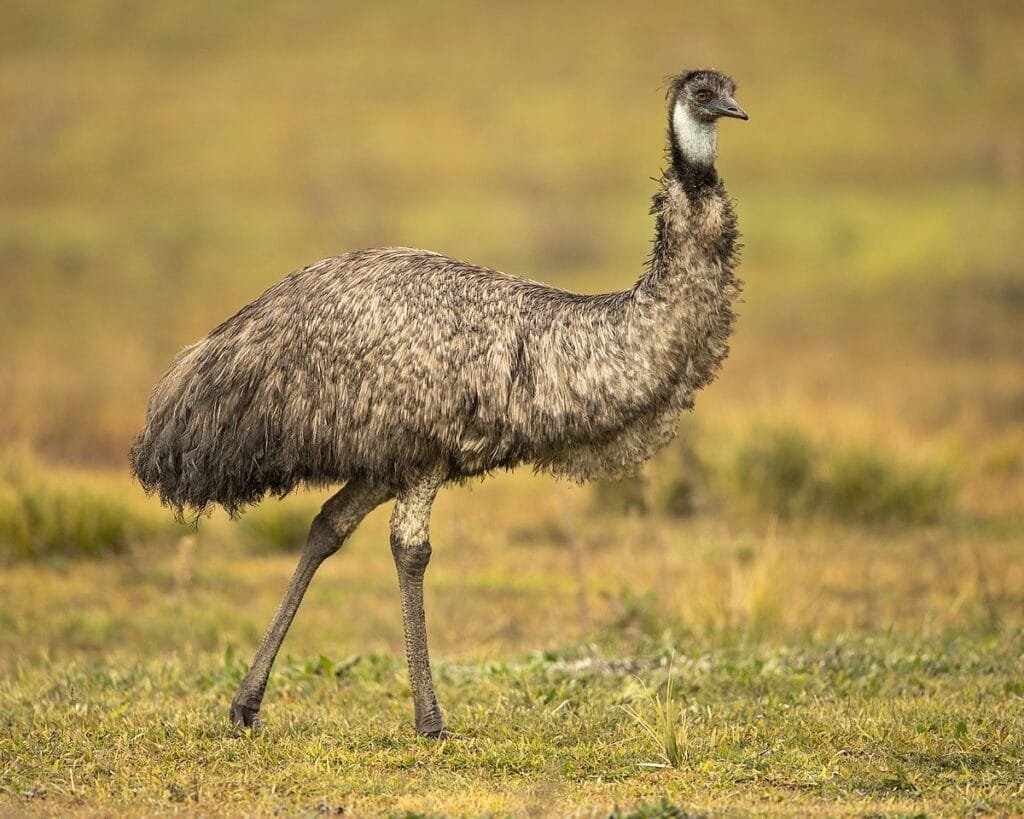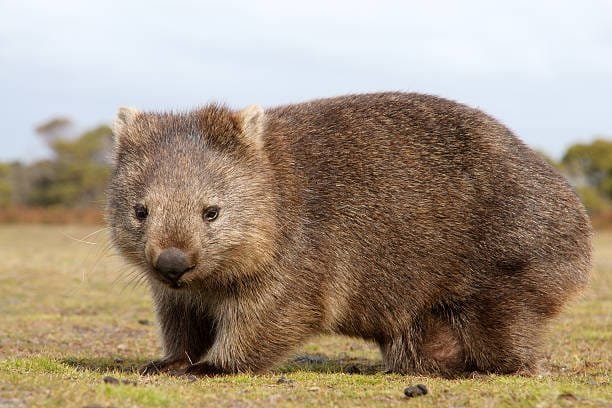Australia is home to some of the most unique and diverse wildlife in the world.
With its isolated location and distinct environment, many animal species found on the continent are found nowhere else on Earth. From the vast deserts to lush rainforests and the Great Barrier Reef, Australia provides habitats for a wide range of animals that have adapted to its unique landscapes. Here’s a look at 10 incredible animal species that are exclusively found in Australia.
1. The Platypus

The platypus is one of Australia’s most iconic and unusual animals. This egg-laying mammal has the body of a beaver, the bill of a duck, and webbed feet, making it one of the most distinctive creatures on the planet. Native to the eastern parts of Australia, the platypus spends most of its time in water, where it hunts for small aquatic creatures like insects, worms, and crustaceans. What makes the platypus even more fascinating is that males have venomous spurs on their hind legs, used to defend themselves against rivals.
2. The Kangaroo

Perhaps the most well-known Australian animal, the kangaroo is a symbol of the country. Kangaroos are marsupials, meaning they carry and nurse their young in a pouch. There are four main species of kangaroo in Australia, with the red kangaroo being the largest. Kangaroos are herbivores and are typically found in the open grasslands and woodlands of Australia. Their strong hind legs enable them to travel long distances in search of food and water, often hopping at impressive speeds.
3. The Koala

The koala is another iconic Australian species, often mistaken for a bear due to its teddy bear-like appearance. However, koalas are marsupials, not bears. They are arboreal creatures, spending most of their lives in eucalyptus trees where they feed on the leaves. Koalas are known for their sleepy nature, spending up to 18 hours a day resting and digesting their low-energy diet. These cuddly-looking creatures are native to the eastern and coastal regions of Australia.
4. The Tasmanian Devil

This small, carnivorous marsupial is native to the island state of Tasmania. The Tasmanian devil is known for its fierce, scavenging behavior and distinctive, loud screeches. Historically, they were found throughout mainland Australia, but their population has since been reduced to Tasmania due to habitat destruction and the spread of disease. The Tasmanian devil has a strong jaw and teeth, which it uses to crack open bones and consume all parts of its prey. It is currently classified as endangered due to a contagious cancer known as Devil Facial Tumour Disease.
5. The Emu

The emu is the second-largest bird in the world, just behind the ostrich. This flightless bird is found across Australia, from deserts to coastal regions. Emus are characterized by their long legs and necks, which help them run at speeds of up to 30 miles per hour. They have a distinctive appearance, with soft, shaggy feathers, and are known for their curious and often comical behavior. Emus play an important role in Australian ecosystems by dispersing seeds and helping to maintain plant diversity.
6. The Wombat

Wombats are stocky, nocturnal marsupials found in the forests and grasslands of Australia. These animals are known for their burrowing habits and are excellent diggers, creating extensive tunnel systems in the ground. Wombats have a backward-facing pouch that keeps their babies safe while they dig. Their tough, muscular bodies allow them to push through difficult terrain, and they have a slow metabolic rate, which helps them survive on a diet of tough plants like grasses, roots, and bark.
7. The Numbat

Native to the forests of southwestern Australia, the numbat is a small, insectivorous marsupial. Unlike many other marsupials, the numbat does not carry its young in a pouch. Instead, it has a well-developed nesting site where the young stay after birth. Numbats primarily feed on termites, using their long, sticky tongues to catch the insects. With its striking coat of reddish-brown fur and white stripes across its back, the numbat is a unique and endangered species.
8. The Quokka

The quokka is a small, herbivorous marsupial found on a few small islands off the coast of Western Australia, including Rottnest Island. Often referred to as “the happiest animal in the world” due to its permanent smile-like expression, quokkas have become a popular subject for photos. These friendly animals are nocturnal and primarily feed on grasses, leaves, and shrubs. While the quokka’s numbers have dwindled on the mainland due to predation by introduced species, they remain abundant on Rottnest Island.
9. The Saltwater Crocodile

The saltwater crocodile is the largest living reptile and one of the most formidable predators in the world. Native to the coastal regions of northern Australia, these crocodiles can grow up to 23 feet long and weigh over 2,000 pounds. Saltwater crocodiles are known for their ability to live in both saltwater and freshwater, and they are expert ambush hunters, lying in wait for prey to come near the water’s edge. Their powerful jaws and stealth make them dangerous to both wildlife and humans.
10. The Great White Shark
While great white sharks are found in other parts of the world, Australia’s waters are home to some of the largest populations. These apex predators thrive in the coastal waters around the southern and eastern parts of the country, particularly in areas like Port Lincoln in South Australia. Known for their size and fearsome reputation, great white sharks are skilled hunters, using their speed and powerful bite to catch prey like seals and fish. Although they are often feared, great white sharks play a vital role in maintaining healthy marine ecosystems.
Conclusion
Australia is a land of incredible diversity and many of its native animals are unlike any other species found on the planet. From the quirky platypus to the fearsome saltwater crocodile, these 10 animals represent just a small fraction of the fascinating wildlife that makes Australia so unique. Many of these species are at risk due to habitat destruction, climate change, and introduced predators, making conservation efforts essential to preserving Australia’s incredible biodiversity for future generations.

